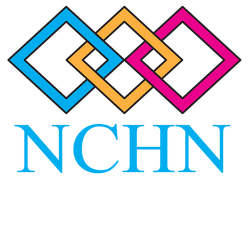Board Development & Engagement
|
Overview of board engagement strategies
Presented by Dave Johnson with RWHC (Sauk City, Wisconsin) at the 2013 NCHN Annual Educational Conference |
|
Presentation by Mary Kay Chess, Ph.D. at the 2012 NCHN Annual Educational Conference
|
|
Presentation by George Hendley, RadSciences Group (2010)
|
|
Working with Boards (ppt)
|
Key Principles of working with boards presented by Tim Cox, Northland Health Alliance
|
| board_orientation_agenda_sample.pdf | |
| File Size: | 522 kb |
| File Type: | |
